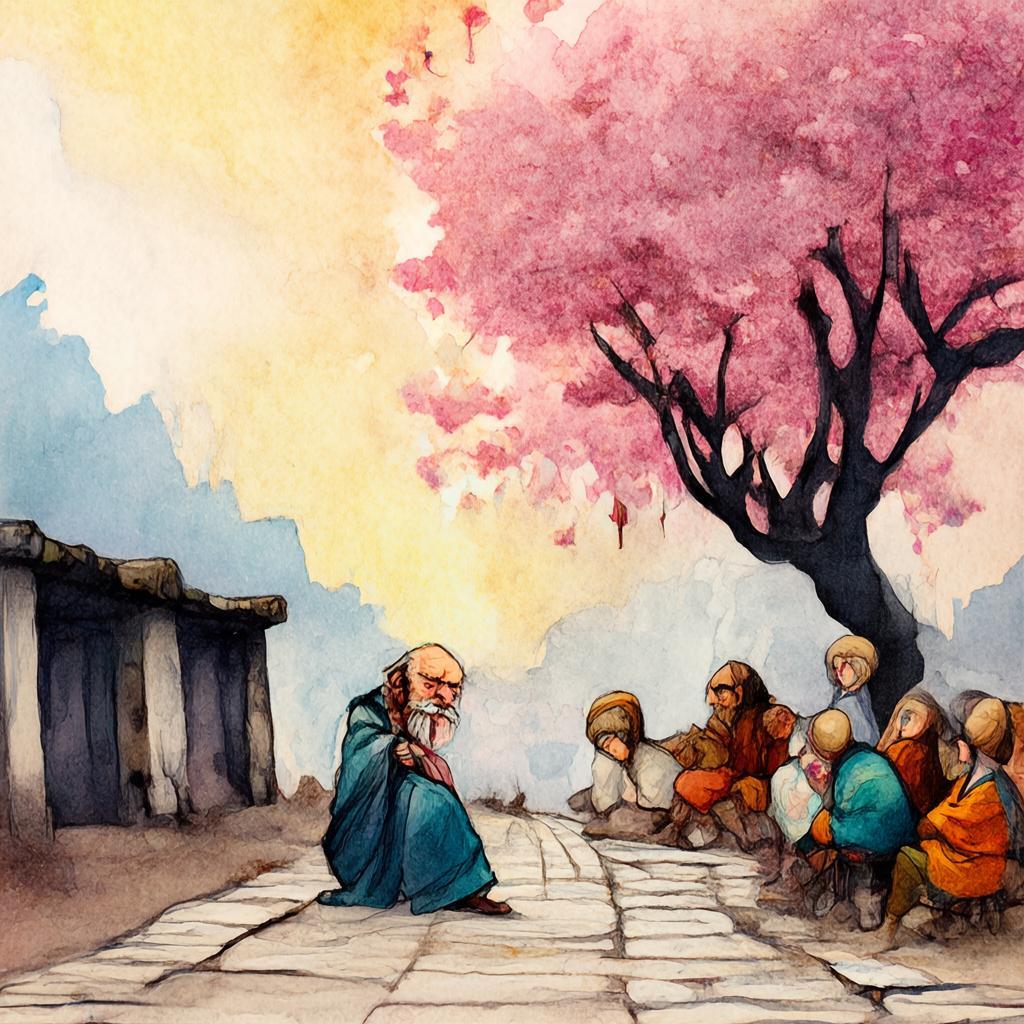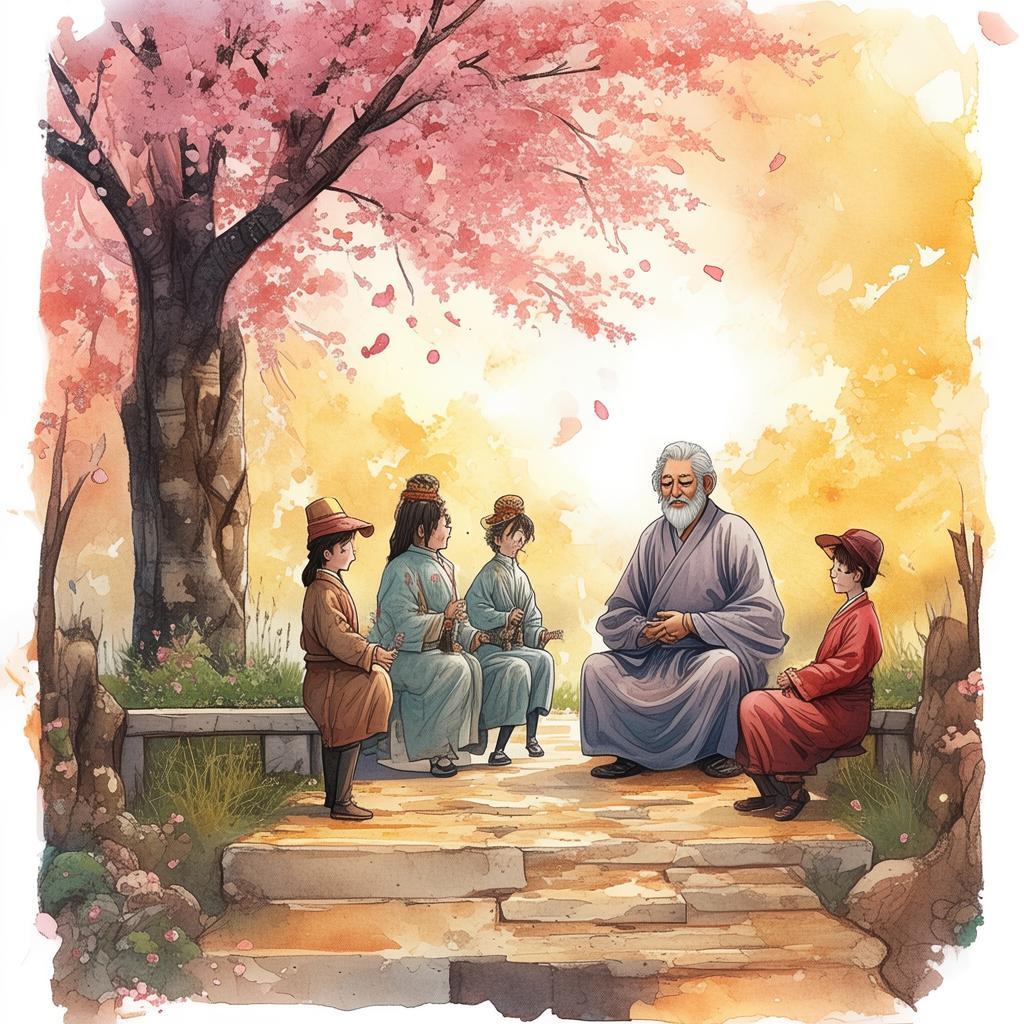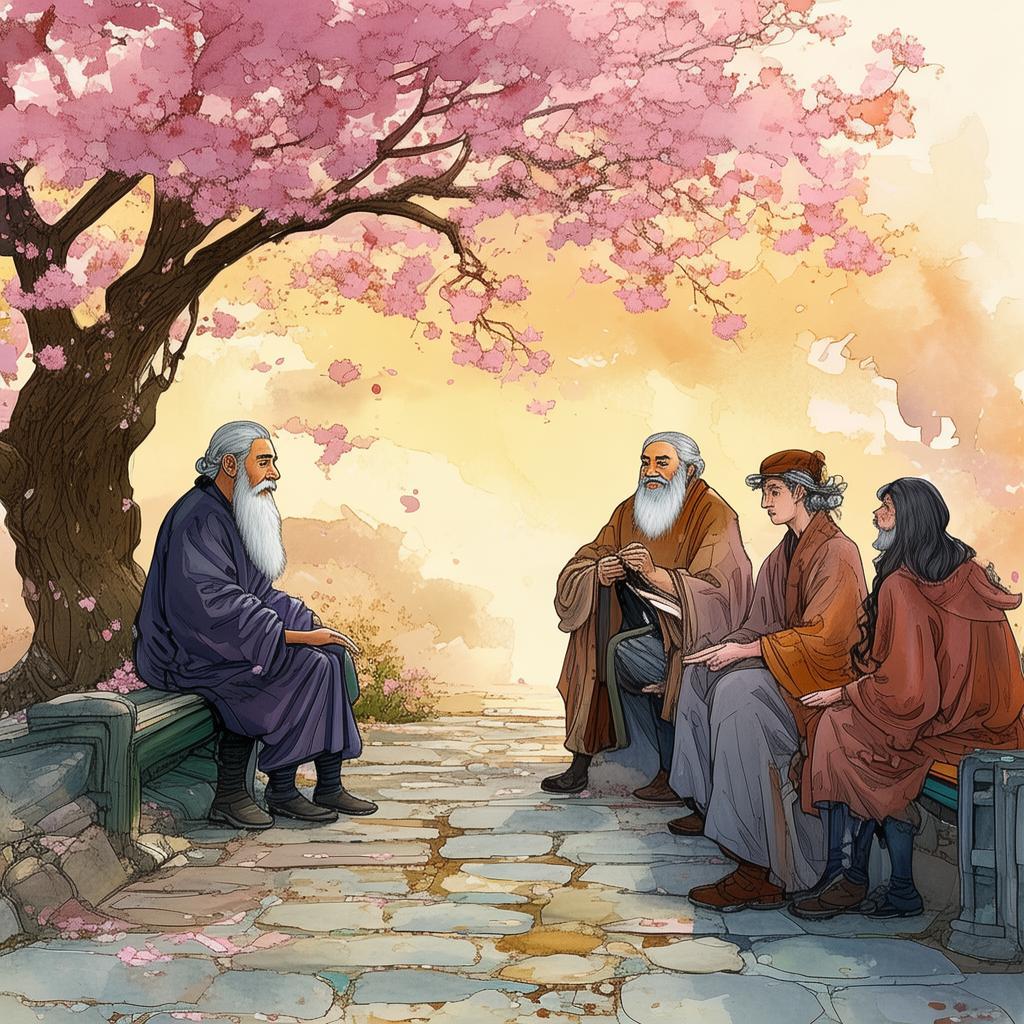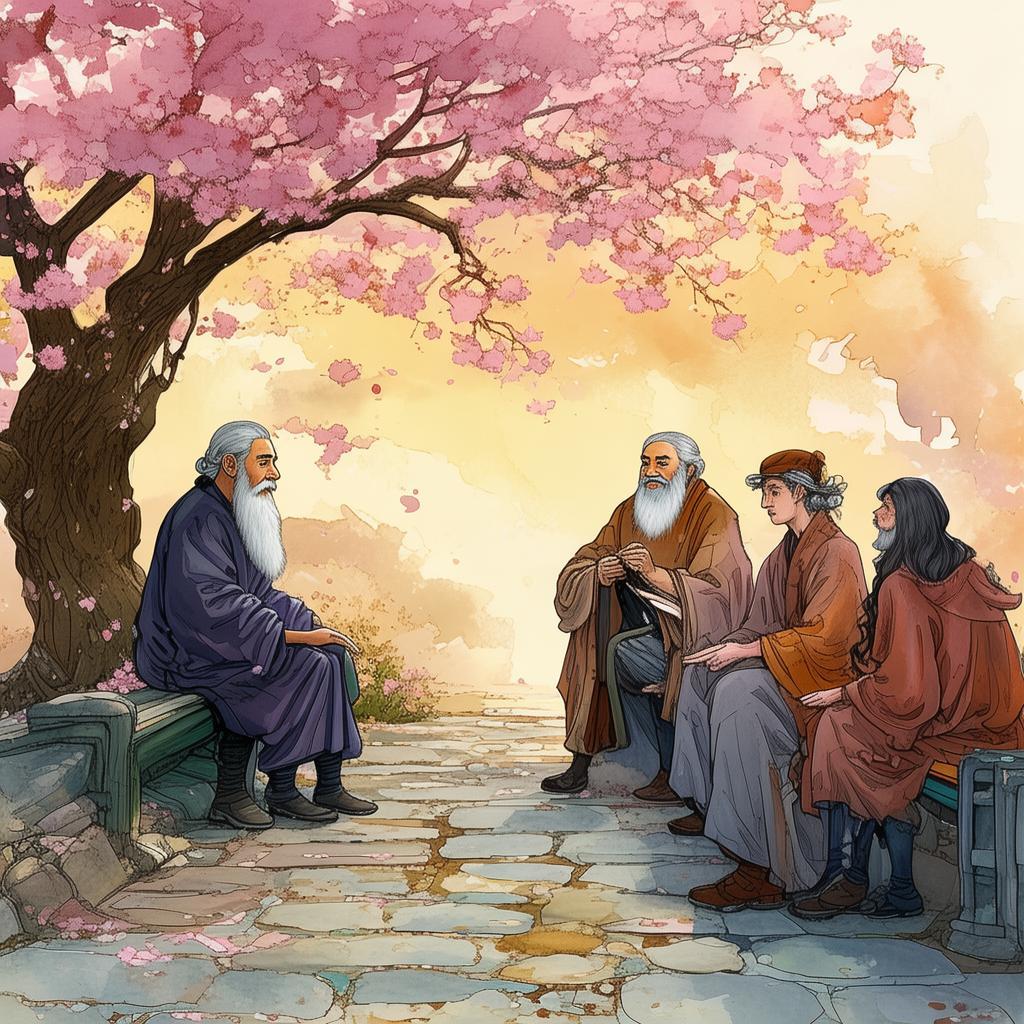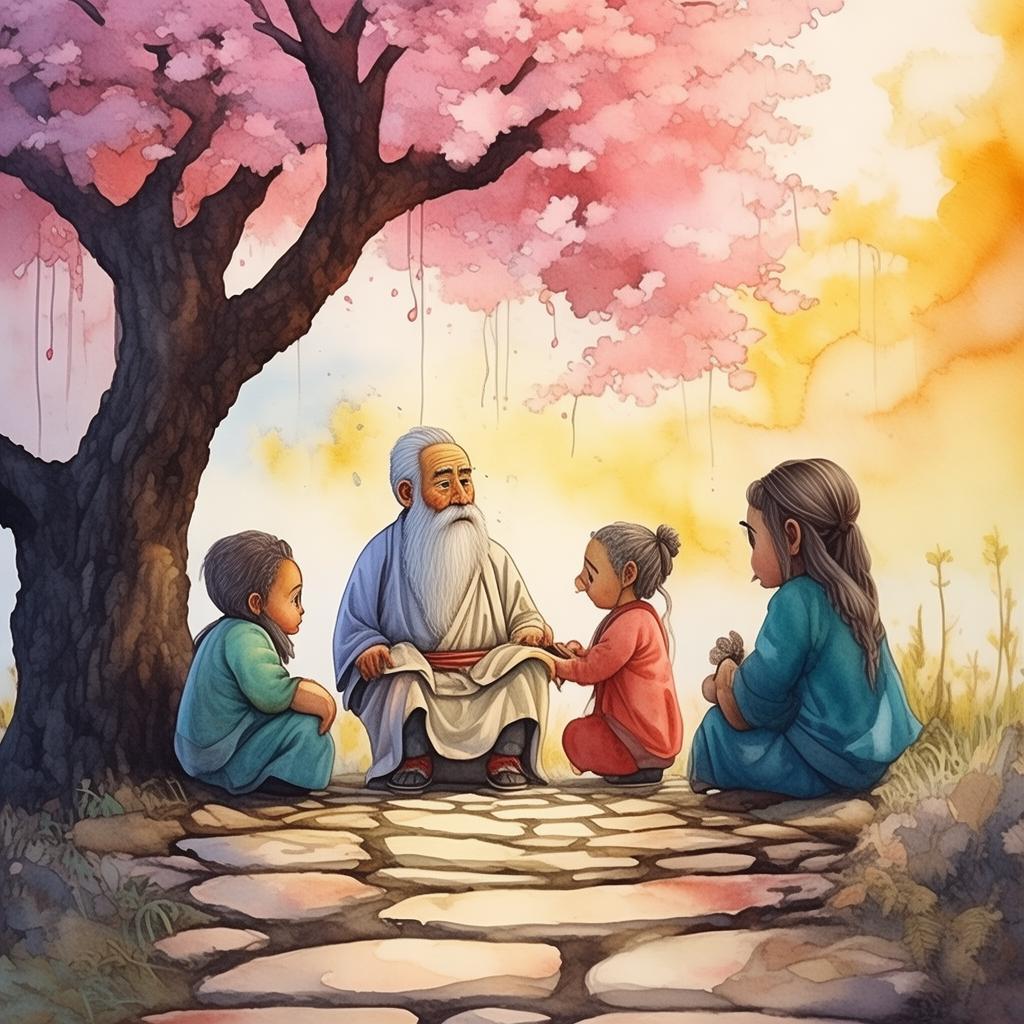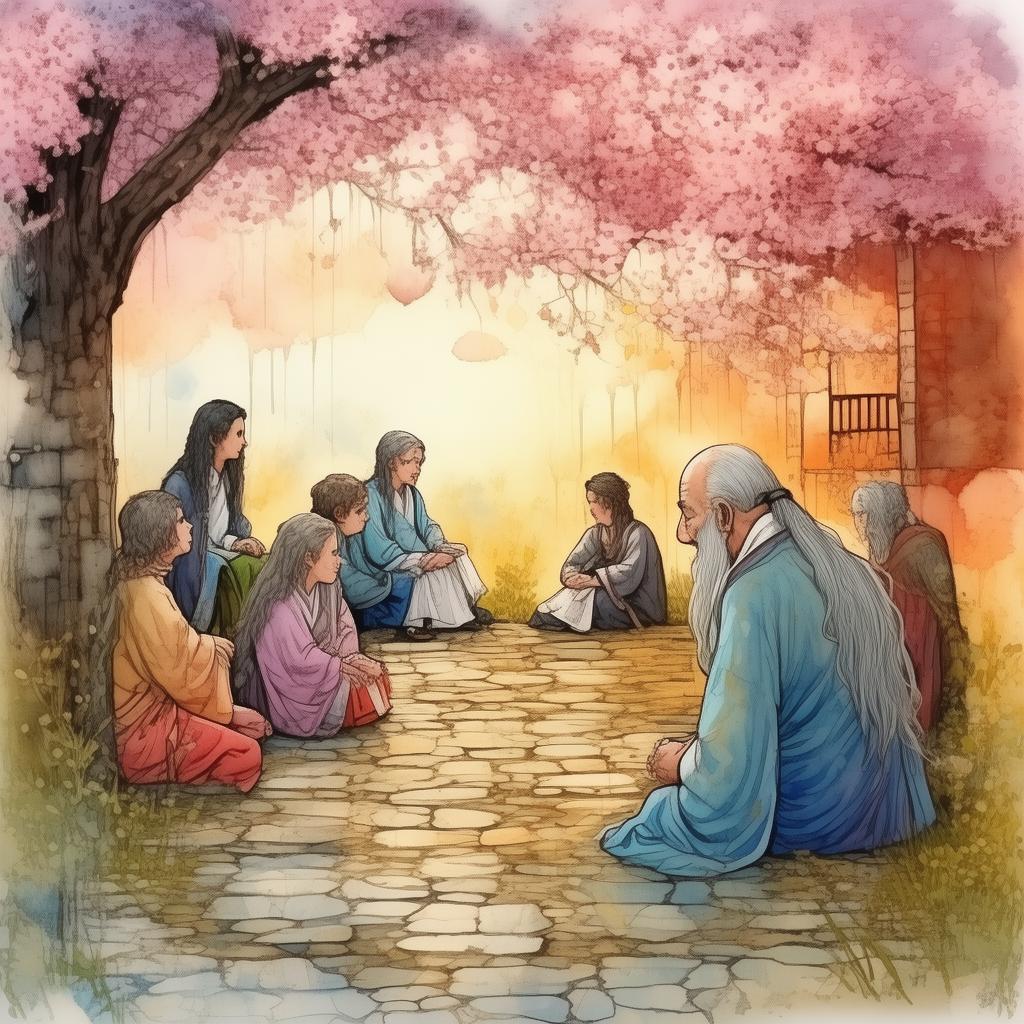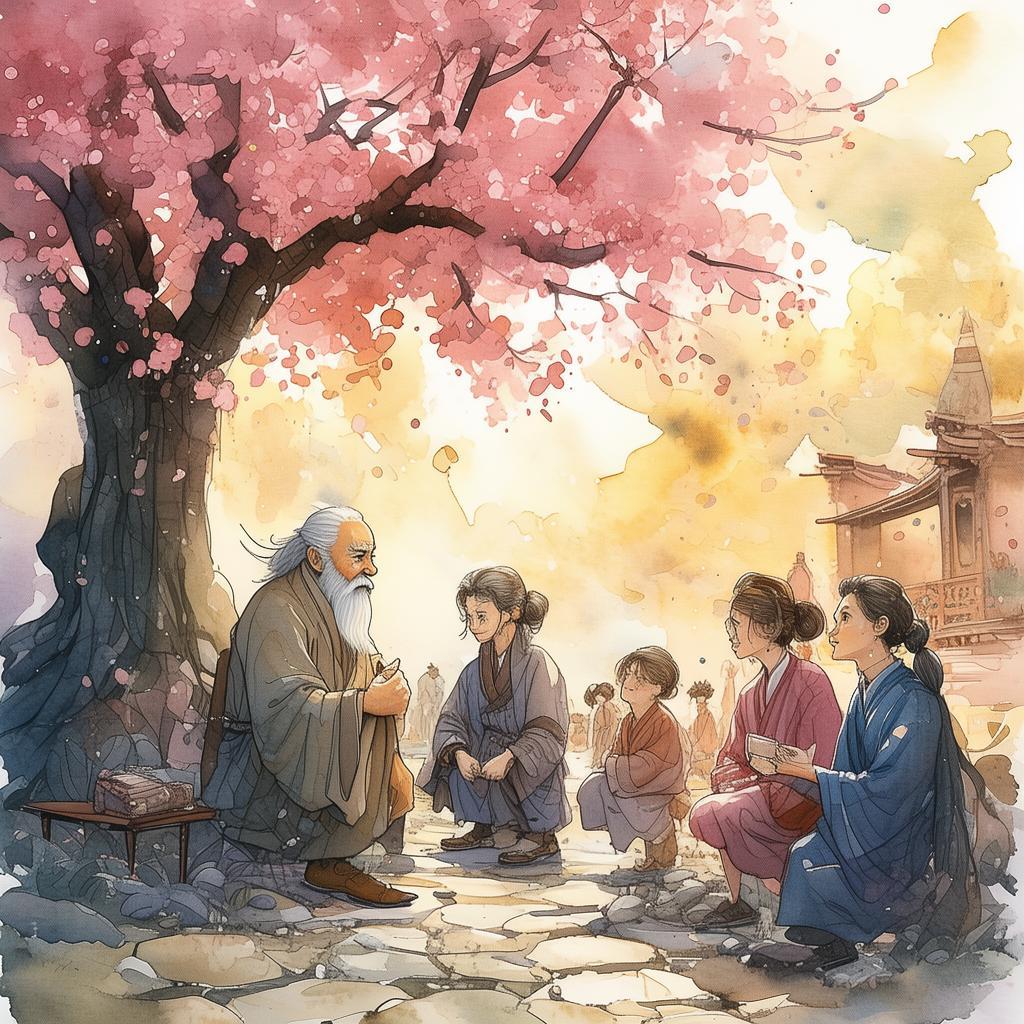Laundry of Change: A Student's Journey to Identity
In the quiet town of Luminara, nestled between rolling hills and a whispering river, there lived a student named Xiao Mei. Xiao Mei was an ordinary girl with an ordinary life, save for one peculiar hobby: she loved ironing. Every evening, after her studies, she would retreat to her small, sunlit room, surrounded by piles of clothes that needed to be smoothed out and pressed into perfection. It was her sanctuary, a place where she could escape the chaos of her thoughts and focus on the rhythmic, soothing sound of the iron gliding over fabric.
One ordinary evening, as Xiao Mei ironed away, she noticed a peculiar pattern on the hem of a shirt that seemed to pulse with a life of its own. Intrigued, she pressed the iron harder, and to her amazement, the pattern began to glow. A soft, melodic chime echoed through the room, and the world around her blurred, then faded away.
When Xiao Mei opened her eyes, she found herself in a parallel world, a world where the very essence of identity was different. The clothes she ironed were not just garments, but windows into the souls of others. Each fold and crease held a story, a memory, a piece of someone's identity. She could feel the emotions and experiences of the people who had worn these clothes, and she was overwhelmed by the intensity of these newfound connections.
Xiao Mei's journey began with a simple task: to iron the clothes of this world's inhabitants. However, as she delved deeper into her work, she discovered that the clothes held the key to understanding the essence of identity. She learned that in this parallel world, people were defined by their actions, their choices, and their relationships, rather than by their physical appearance or social status.
One day, she ironed a shirt that belonged to a young man named Liang. The fabric was rough and worn, but it held a story of resilience and hope. Liang had faced adversity and emerged stronger, his spirit unbroken. As Xiao Mei ironed, she felt a profound sense of connection to Liang's spirit, and she realized that the same was true for everyone in this world.
The parallel world was not without its challenges. There were those who sought to control the fabric of identity, to manipulate the clothes to serve their own purposes. These individuals wanted to use the power of the ironed clothes to create a world where everyone was the same, where individuality was erased. Xiao Mei knew that she had to protect the essence of identity, to ensure that each person's story was preserved.
As Xiao Mei's journey continued, she encountered other students, each with their own unique stories and identities. There was the artist who expressed her soul through her paintings, the scientist who sought to understand the universe, and the teacher who inspired hope in her students. Each person's story was a testament to the beauty and diversity of human experience.

One evening, Xiao Mei was confronted by the leader of the group that sought to control identity. He presented her with a choice: to join his cause or face the consequences of her actions. As she stood there, the leader's eyes held a mirror to her own soul, and she saw her own fear and doubt. She realized that her own identity was at stake, and she had to make a stand.
With a deep breath, Xiao Mei rejected the leader's offer. She chose to continue her work, to iron the clothes of this world, to protect the essence of identity. The leader's face twisted with anger, but Xiao Mei stood firm, her resolve strengthened by the knowledge that she was fighting for something greater than herself.
In the end, Xiao Mei's journey was not just about ironing clothes; it was about understanding the true nature of identity and the importance of preserving individuality. She returned to her own world, changed forever by her experiences. She carried with her the stories of the people she had ironed for, and she used her newfound understanding to inspire others to embrace their own unique identities.
Xiao Mei's transformation was complete, and she realized that the parallel world had not only changed her but also the world she returned to. She became a beacon of hope, a reminder that everyone's story is valuable and that the essence of identity is something worth fighting for.
✨ Original Statement ✨
All articles published on this website (including but not limited to text, images, videos, and other content) are original or authorized for reposting and are protected by relevant laws. Without the explicit written permission of this website, no individual or organization may copy, modify, repost, or use the content for commercial purposes.
If you need to quote or cooperate, please contact this site for authorization. We reserve the right to pursue legal responsibility for any unauthorized use.
Hereby declared.
